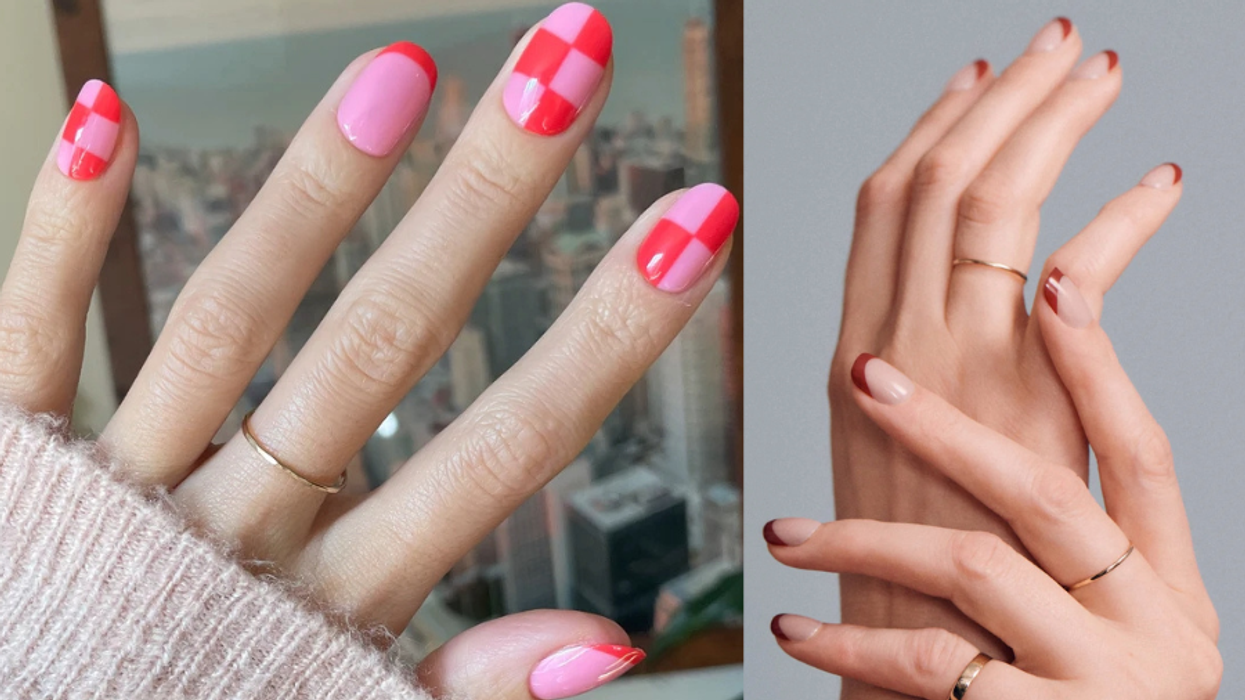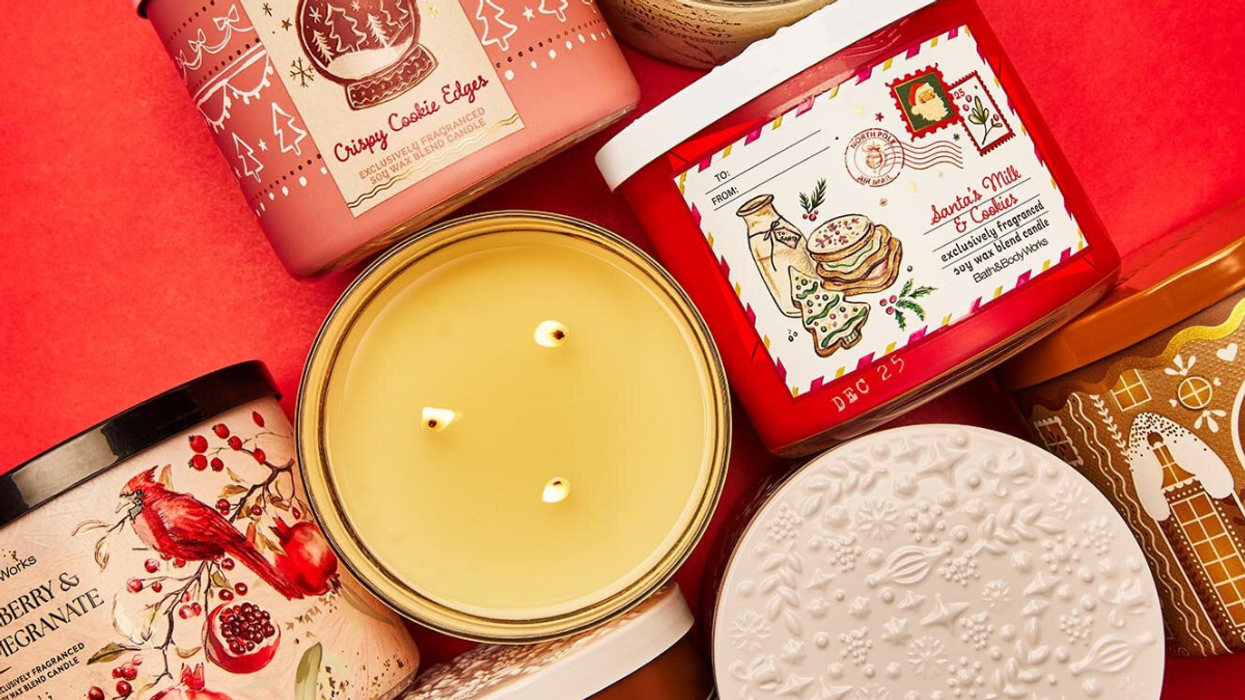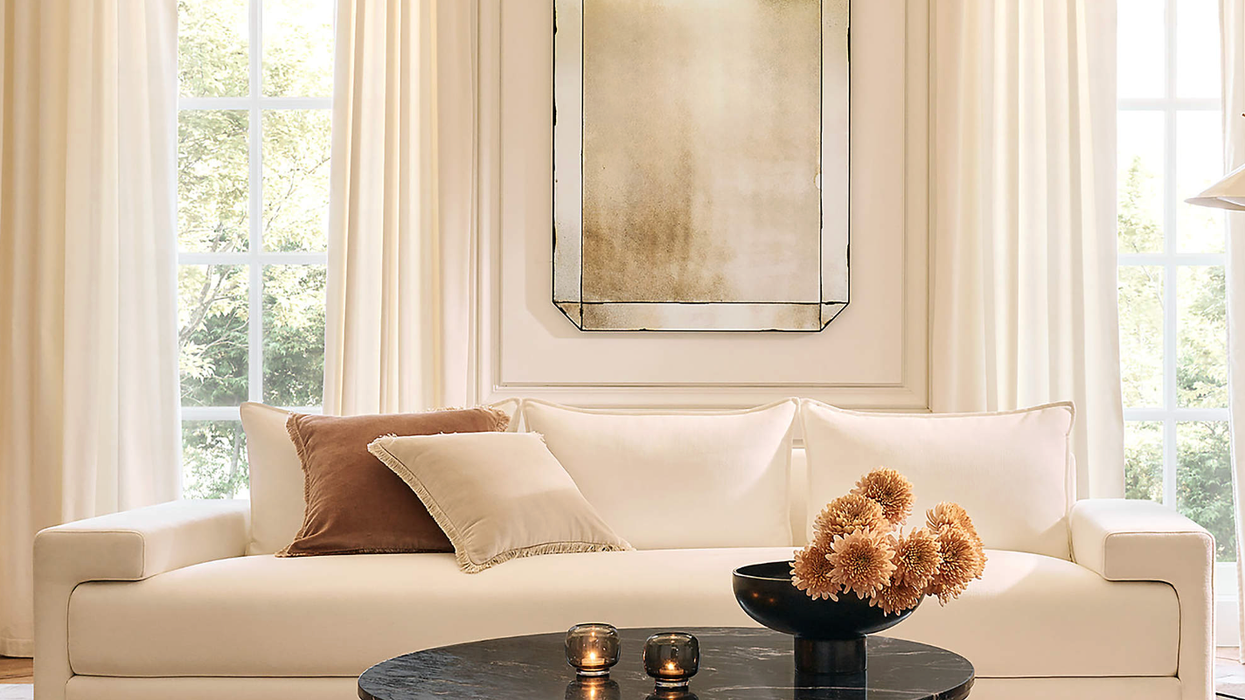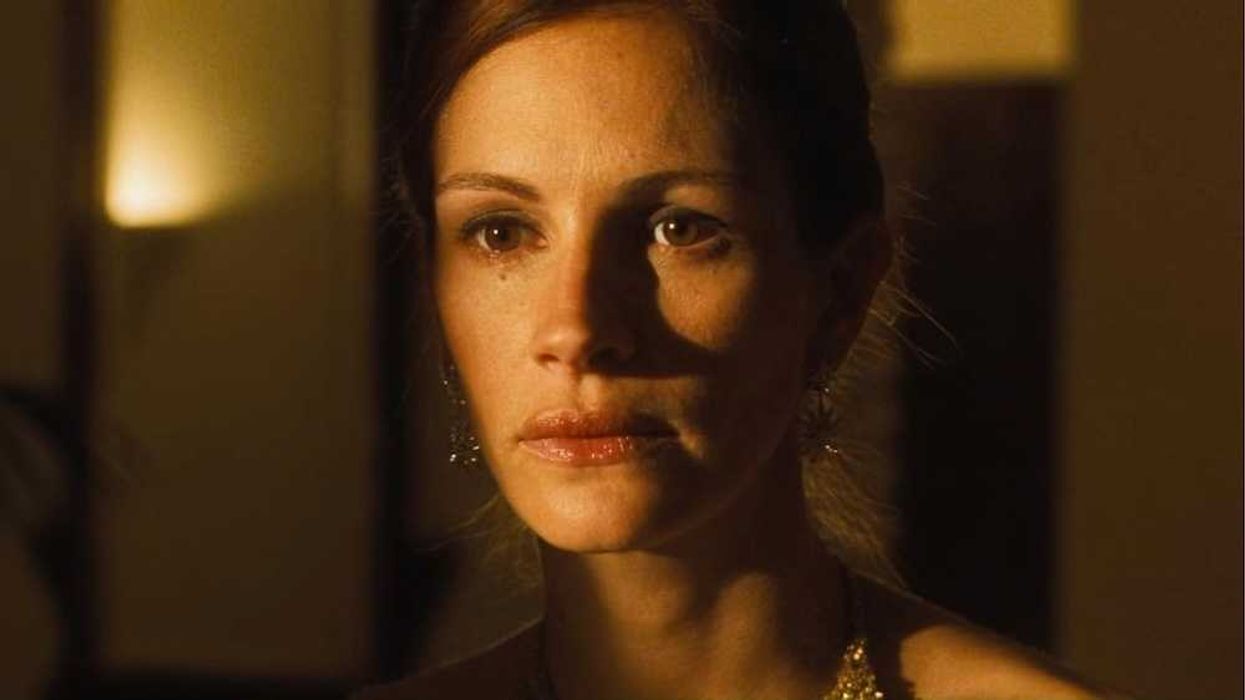Do you love to make? What does the making process look like for you?
#iamcreative: Why 4 Inspiring Makers Love to Make
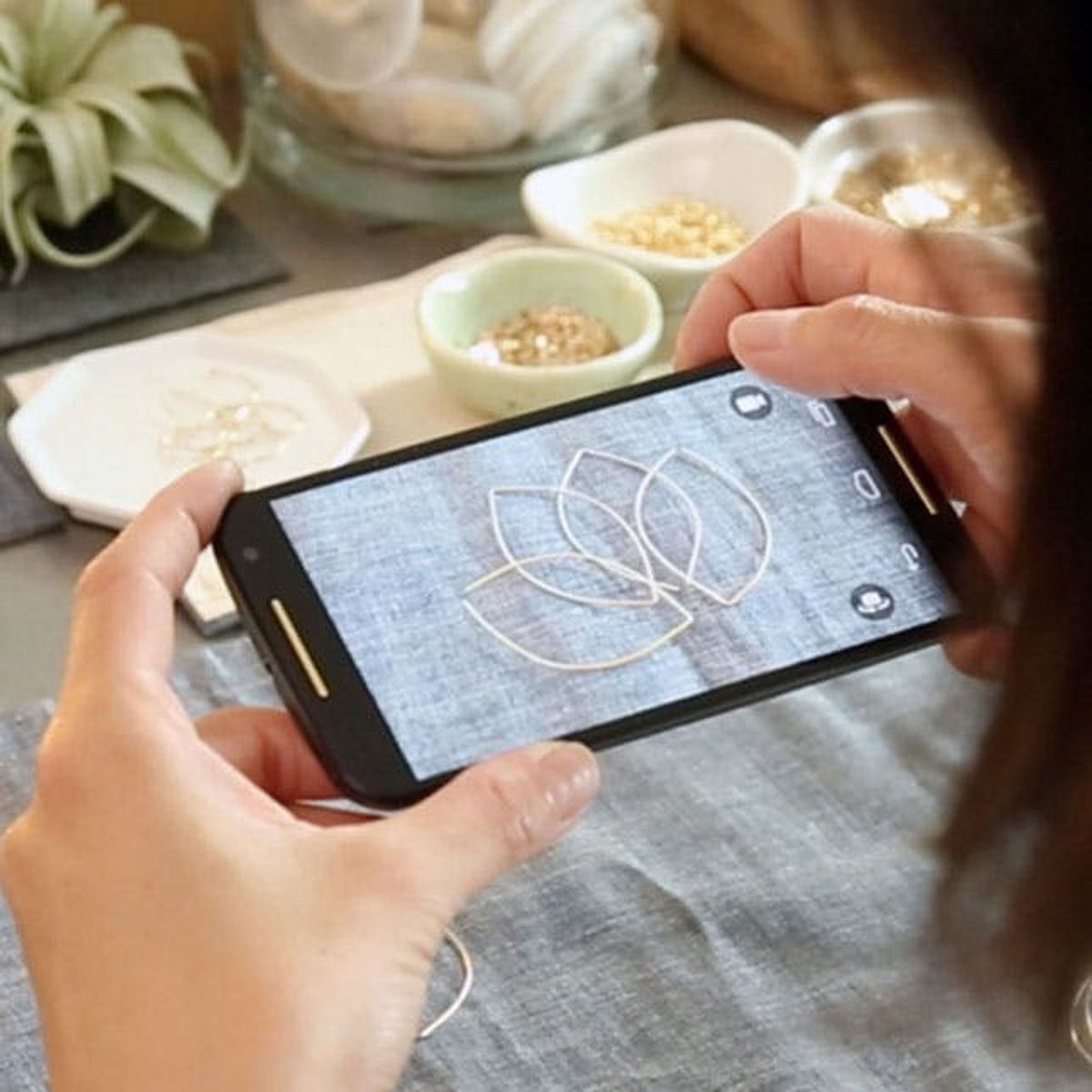
As part of our #iamcreative campaign, we’ve teamed up with Moto X to take to the streets of San Francisco, and head inside the studios of eight different makers. In this first short film, we’ll go behind the scenes with Capital Eyewear, Batsu/Maru, Jared Rusten and Lilikoi Design. As you’ll see, both old and new school technology play a role in each of these maker’s creative process, flow and story.
Our mission here at Brit + Co is to enable and inspire creativity in women. We firmly believe that creativity can take form in a number of different ways. It can be as simple as making a batch of succulent boutonnieres for your brother’s wedding, or it can be as complex creating a site-specific light installation in the MoMA. It can also be every creative thing in between. The key to this is one simple thing: We are all born creative.
We hope the video above inspires you to bring creativity back into your daily life, or even turn it into a career. For more thoughts on creativity, inspiration and the creative process from each of these incredibly talented makers, read on.
CAPITAL EYEWEAR
Capital is an independent eyewear design and manufacturing studio here in San Francisco. We sat down with founder Steven Kilzer to ask him what inspires him, why he loves to make and how technology has supported his craft.
What inspires you? Why do you love to design, create and make?
Designing and handcrafting glasses is a super fun process. Eyewear is a sculpture that has a very practical function — it’s actually considered a medical device by the FDA. That blend of science and art keeps it entertaining.
We don’t make just another pair of glasses. We make functional works of art that represent an honest connection between you and the people who made them.
What’s one piece of advice you’d share with other makers?
Support your local hardware store.
Tell us how technology has changed and supported what you do.
Most of the tools we use to actually make glasses are relatively low-tech, but there’s no way we’d be able to do this without digital tools. The tools for shooting photos and graphic design are all so much more accessible today than they were 10 years ago.
What’s on your studio playlist?
Timbre Timbre, RAC, The Knife, David Bowie, Yelle, Viceroy, Goldroom, The Golden Filter, Van She, The Talking Heads, The War on Drugs, Cut Copy and Blink 182 (just kidding on that last one–kind of…).
Batsu/Maru officially started in 2014 after years of being available only to family and friends of Maile Ogasawara, Batsu/Maru’s founder. Maile’s love affair with jewelry began with her desire for simple, delicate gold jewelry that she could wear every day without tarnishing.
BATSU/MARU
What inspires you? Why do you love to design, create and make?
For as long as I can remember, I have always loved to create. I could spend hours drawing and painting and eventually found other ways to channel my creativity through photography, graphic design, and making things. I am inspired by artists like Alex Katz, Ellsworth Kelly (especially his drawings), Frank Stella — I am drawn to clean lines and bright colors but also appreciate neutral tones (which is usually informs my own style palette).
What’s one piece of advice you’d share with other makers?
Make. Make mistakes. Make corrections. And keep making.
Tell us how technology has changed and supported what you do.
Online marketplaces and social media spaces have been essential to getting my work out to a wider audience. Through this, I am able to share my story and receive feedback and praise that has helped to keep me going. I have been able to connect with other makers in this space and learn and grow by seeing what others are doing.
What’s on your studio playlist?
I have such a range of music that I listen to depending on my mood or time of the day — tokimonsta, the xx, Passion Pit, Little Dragon, Radiohead, and lately in the afternoon, I love listening to Ray LaMontange.
How do you get into the creative flow? How does it feel?
When I am in the middle of a creative moment, I lose all track of time. My hands are moving and making choices for me.
Studio furniture designer Jared Rusten is based in San Francisco, and cites both wood and love as his top two inspirations. Read on for more thoughts from this prolific maker.
JARED RUSTEN
What inspires you? Why do you love to design, create and make?
Wood inspires me. When I have a particularly interesting batch of wood, I feel bound to honor it with good design. Love is the other inspiration. Love for clients who will receive the piece I am making and love for future generations who will enjoy it. I always remind my assistants that we are building a piece not just for the client, but for the great-great-grandchildren who will inherit it, and maybe even for the scrutiny of some distant museum curator. My other main inspiration comes in seeing something that could be better. Mediocrity is really depressing to me and spurs me to action. For many things, I believe the adage, “Good is the enemy of great.”
What’s one piece of advice you’d share with other makers?
I think the most important trait an aspiring entrepreneur can have is an irrational optimism… a naive kind of self-confidence. When I was just starting out and asking for advice from my woodworking mentors, they were discouraging, and for good reason. Making/selling furniture is a tough business. But my stubbornness and expectation got me through the early failures and even the leanest points of the economic downturn. I’m no longer naive, but I still try to cultivate an illogical level of optimism.
Tell us how technology has changed and supported what you do.
When I started building furniture, all cameras had film, and most of my questions were answered from library books. Now, best practices and technical information is found in moments. I have the power in my pocket to create my own compelling images and share them with a wide audience immediately. While I still cherish the analog realm and what can only be done by hand and eye, digital technology (in the form of photography, communication, rendering, CNC machining/water-jet cutting/laser-cutting, etc.) has amplified all of our abilities as makers. There’s now a more balanced allowance for time where it matters (design and handcraft) and expediency when repetition, precision, and imaging are required.
What’s on your studio playlist?
I listen to a lot of Kanye for that chip-on-your-shoulder sense of “I will prove myself!” Beyond that, I have two playlists on my ipod: “ROCK” and “chill”. The rock playlist gets me through 9am-12pm when I need the most focus. Newest additions to that playlist are The Growlers and Strand of Oaks. Once I transition to more repetitive tasks in the afternoon, I switch to comedy podcasts like UhhYeahDude, Doug Loves Movies, or Industry Standard with Barry Katz. Then, as the light fades and I’m cleaning up I put on the chill playlist and listen to Sharon Van Etten, Beach House, and some vintage Paul McCartney.
How do you get into the creative flow? How does it feel?
My creativity is usually ignited with some challenge or structure…. like, an assignment. For example, last year I set out to make a rocking chair for an upcoming show. I gave myself 6 weeks and a set of rules: must be original and modern, must be strong but visually delicate, must allow a tall person to rest their head, must be universally comfortable for people 5′ tall to 6′ 5″, etc. With that set of directives and a deadline, I became totally consumed with the process. I listened almost exclusively to Kanye West (I appreciate that attitude of “Don’t tell me what I can/can’t do!” in many of his songs) and the demands of sleep, hunger, and diversion became quiet. Though terrifying as the deadline was, and as lofty as my expectations were, I knew I was pushing the boundaries of my abilities… and maybe like someone scaling the face of a cliff or finishing a marathon… I felt truly engaged and alive in my humanity. It’s a feeling like, “Yes… this is what I am MEANT to do.”
And finally, we hit up the San Francisco studio of Andria Sato, founder of Lilikoi Design. You may recognize Andria from a recent Meet the Maker feature that was all about her! Here are a few of our favorite thoughts of hers on creativity, inspiration and technology.
LILIKOI DESIGN
Why did you decide to start Lilikoi Design + Letterpress?
I founded Lilikoi in 2007 out of my passion for graphic design, a love for ink on paper and an open heart for the cherished, handwritten note. After several years of experience with print media, a desire to own my own business, and my love for letterpress that started back in college, the opportunity to own a circa 1889 manual press presented itself and there was no turning back.
We have grown steadily, creating and producing custom projects, running our studio with sustainable practices and using high-quality, carefully chosen materials made in the USA. Custom projects include wedding invitations, stationery, business cards, hang tags, and baby announcements.
Tell us why you love to make.
Creating something by hand has so much love and soul—and I get to share that story.
What does the making process look like for you?
It’s very labor intensive! Our presses are run by hand, so we get quite a workout! Quality is really important to us, as well as where our items are sourced from, because they are major factors in the outcome of our products. We want to make sure we use resources that will allow us to produce the best possible outcome.
We stay true to the traditional art of letterpress, which involves mixing inks and printing by hand with 100% cotton paper that is specifically made for letterpress. We believe the press will produce outstanding work with the best combination of design, materials, patience and a talented operator. This is also achieved with the love and attention to detail poured into our products and the amazing clients we get to know.
What’s your favorite thing about the art of letterpress?
All products are not only made by hand with a labor intensive, original technique on machines that date back to 1889 — they are one of a kind and beautifully tactile. There’s no other printing technique that can produce the same outcome. I think my favorite thing about the art of letterpress is that the entire process is created by hand. Every piece that comes off the press is like magic — taking artwork from the computer and printing it in letterpress brings it to life.
Tell us how technology has changed and supported what you do.
Technology has allowed for us to expand our creative opportunities with the letterpress printing technique; because presses are no longer made, this limits the technological advances for letterpress, but it’s also why it’s incredibly special at the same time. Instead of hand setting type or carving a wood block, we can create a printing plate from artwork created on the computer.
What’s one piece of advice you’d share with other makers?
Know that constantly being challenged, scared and making mistakes are all ok — it’s learning from those hurdles and being able to grow and adapt that will help you maintain your integrity, stay connected to your creativity and be your best so you can achieve bigger goals.
The most valuable business advice I’ve received and want to pass along is to maintain a healthy work/life balance, which I think is important for a role that involves creativity on a regular basis. I also think it’s important to stay true and proud of the product you’re making and to not compare yourself to others. Stay inspired, work hard and be proud of what you’re doing by staying focused on being great and confident.
Special thanks to Moto X for partnering with us to bring this next iteration of #iamcreative to life. It’s all part of their effort to inspire creativity in everyone, including allowing you to fully customize your phone via their tool Moto Maker. This latest innovation allows you to MAKE your phone. When it comes to customizing your phone, there are actually hundreds of different color and material combos, like a variety of leather and wood finishes you can choose from. You can forget about snapping pics of your work in progress with a phone everyone else has. After all, #makersgonnamake :)


